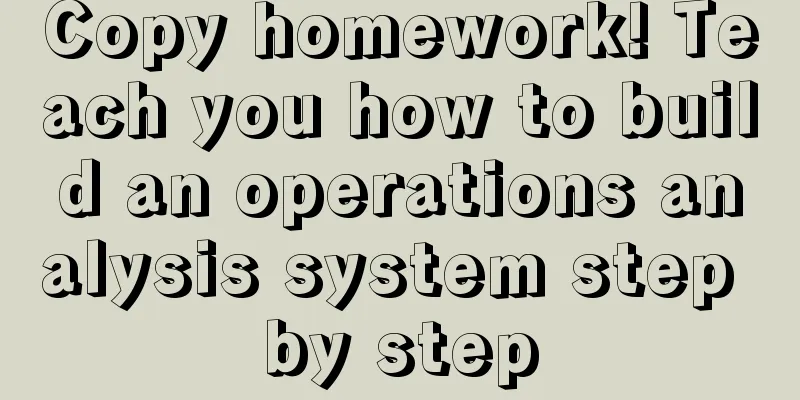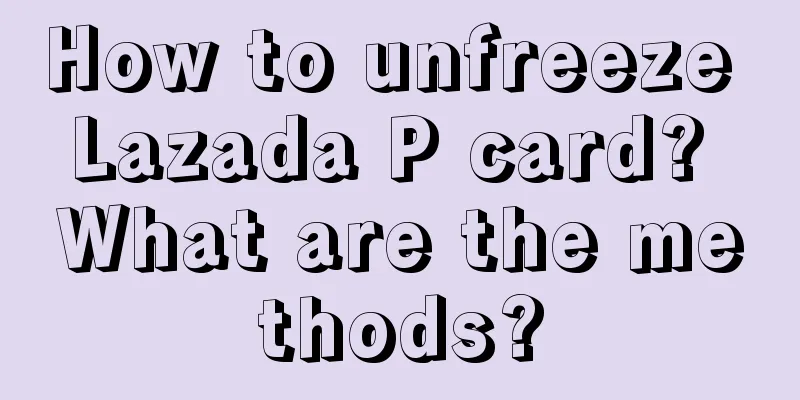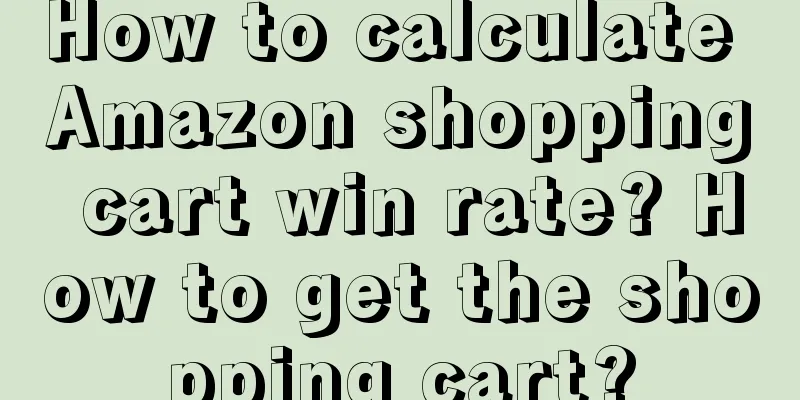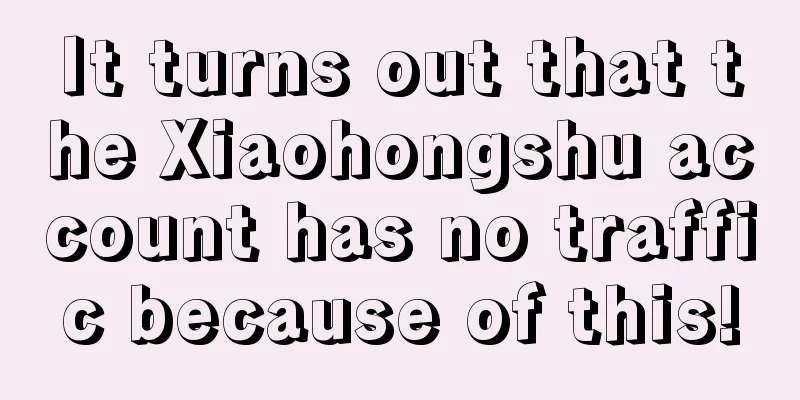Copy homework! Teach you how to build an operations analysis system step by step

From analyzing a single operational action to building a system, it is an essential ability for a senior data analyst. Today I will share it systematically. Single campaign vs. strategy combinationIf we only analyze one activity, we will follow a four-step approach: Step 1: Set goals (improve XX key indicators) Step 2: Find the gap (see the current situation → target gap) Step 3: Look at the process (analyze the execution process to find problems) Step 4: Write suggestions (provide optimization suggestions for execution issues) For example, to analyze a user acquisition optimization activity, we will do it step by step in four steps as shown below: But! Trouble comes when it comes to analyzing a strategy portfolio.
Therefore, the so-called operational strategy analysis is to avoid each department working independently. Focusing on the same goal, we should sort out the resources that can be invested and then evaluate the results in a unified manner. This will maximize the overall benefits of the company. Compared with the evaluation of a single activity, strategy analysis is a more advanced approach, which is divided into four steps. Step 1: Clarify strategic directionThe first step is to sort out clear goals, which is a prerequisite to avoid working alone. In general operations, traditional companies will take products as their main goal and build strategies around this year's new products/traditional popular products; Internet companies will take users as their main goal, first perform user stratification, clarify the focus of user growth, and then look at the details. If you choose products as your main goal, you can start with the layout of four major categories (as shown below): If you choose users as the main goal, first determine the overall strategy, then determine the goals for each layer (as shown below): This step is very important. With the guidance of a big strategy, we can then clearly classify various small activities and evaluate their effects. Many makeshift teams are stuck at this step, without big goals, which leads to various chaos in business. Companies with high management levels will implement the overall goals from top to bottom, and subsequent operations will be smooth. Step 2: Collect information uniformlyTo collect the following information at the same time:
In short, the five elements of goal-department-object-product-reward must be aligned, so that a true strategic combination centered around one goal can be formed. Also, if there is overlap between strategies, if offers are stacked on top of each other, or if campaigns are competing for users, this can be discovered at this stage. This can help you avoid being fleeced in advance, and in case a certain user group is ignored, you can also discover the problem in advance (as shown in the figure below). Step 3: Focus on overall impactOnce the event actually starts, each operator of the event will focus on their own business. Therefore, at the strategic analysis level, it is necessary not only to monitor the performance of a single activity, but also to have a comprehensive understanding. First calculate a few large numbers (as shown below):
When outputting suggestions, give priority to the overall market. This will reflect the sense of strategy, rather than being stuck in one or two specific activities. Overall, the layout can be as follows: In summary: 1) If the overall benefits are good and resources are abundant, explore more unknown areas 2) The overall benefits are average and resources are tight, so we focus on products with high investment-to-production ratio 3) If the overall efficiency is poor, we should solve it specifically and cut off the lagging ones first Doing so can also provide a good answer to leaders' questions: "Why are individual activities doing well, but the overall market is not rising?" If several activities are superimposed and the users affected are actually of the same category, then the effect of multiple activities complementing each other will not be achieved. In short, you need to put the activities together to see the effect. Step 4: Optimize item by itemIn addition to looking at the overall results, there are also many interesting discoveries around the sub-goals (as shown below): Imagine if:
This means that these special activities are not as effective as overall promotions. Either the rewards are not strong enough, or they simply fail to grasp user needs and just use some meaningless coupons to get by. After discovering these problems, you can optimize the specific activity settings. Furthermore, if a user repeatedly participates in an activity, it means that the user is an obvious discount lover. If a user is not interested in an activity, it may be demand-driven/brand-driven. This grouping and labeling can also promote refined strategy formulation and benefit the overall strategic direction (as shown in the figure below). summaryFrom the above, we can see that if we want to achieve true operational strategy analysis, we must first liberate operational work from isolated, single-point activities and look at the problem from a second-level perspective. Only by integrating various proactive actions and clearly understanding the strategic combination surrounding a goal can we achieve strategic level analysis. |
<<: How to quickly create a link on Pinduoduo in 7 days
>>: Strategies and methods of charity marketing
Recommend
Breaking news from Video Account: Officially restricting private domain traffic diversion!
This article analyzes the considerations behind th...
Is there any interest on a one-time credit card repayment? How to repay a one-time credit card repayment?
As an important tool for modern consumer life, cre...
What are the factors that affect Amazon's IPI? How to improve it?
Amazon merchants all know the importance of Amazon...
In the era of inventory, it is the best time for retail to actively seek change | Annual trend
In 2024, when the retail industry is facing diffic...
What does Amazon, a cross-border e-commerce company, do? How to operate Amazon?
Nowadays, the Internet is becoming more and more d...
What is Wanlihui? Is Wanlihui safe?
In this context, cross-border payments are becomin...
What are the after-sales skills for Amazon e-commerce operations? Tips sharing
In addition to controlling the quality of products...
Data analysts PK operations, no more being chased for numbers!
For data analysts, the endless demand for data is ...
Why do young people love to visit temples?
On social platforms, the popularity of content rel...
Does Amazon Mexico accept payments in US dollars? How do I receive payments?
Amazon's Mexican site is one of the North Amer...
6 popular article templates on Xiaohongshu|Just follow them [Industry templates V3.0]
Industry templates are the fastest way to create a...
The popular short drama on Douyin was finally taken down by Pinduoduo
In the short play, Pinduoduo still follows the log...
Building a data operation system: from a “data machine” to a “growth engine”
In the digital age, data operations have become a ...
Which of Amazon's three advertising methods is the best? How to choose?
Everyone will try to do promotion on Amazon, so ma...
With the launch of the novel section, Xiaohongshu is trying to compete with online literature platforms
In the wave of digital reading, Xiaohongshu's ...









